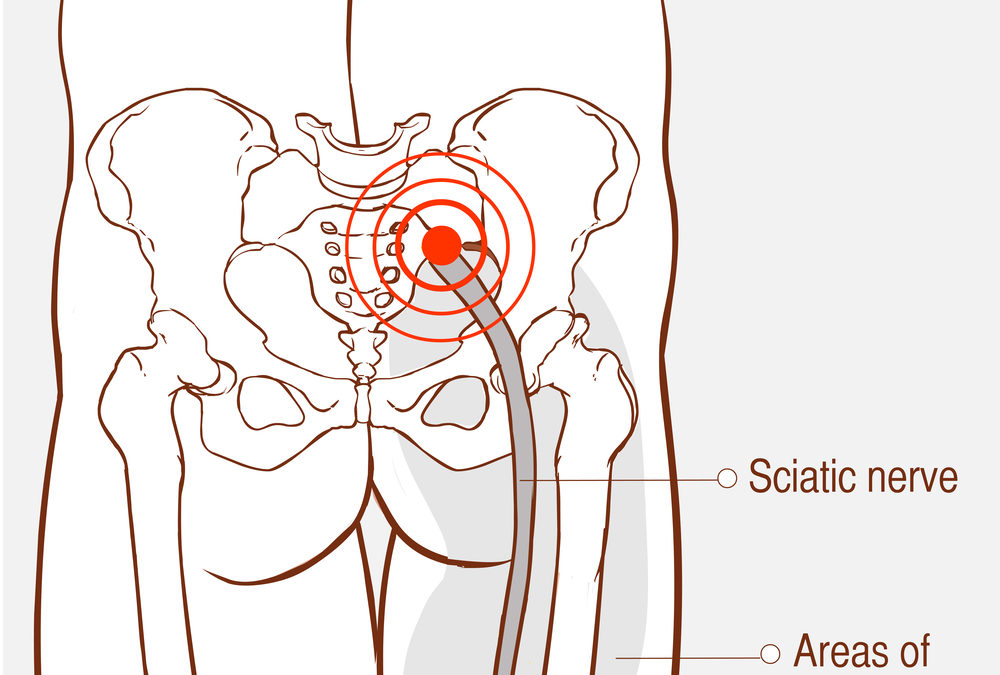“Some days, I amaze myself. Other days, I put the keys in the fridge.” – Unknown.
A growing body of evidence points to the very real possibility that prolonged periods of chronic pain can lead to cognitive impairment or “fog,” leading to other problems for the pain sufferer.
According to a 2019 article from BeingPatient.com,
“A new study published in the Journal of the American Geriatrics Society shows that the longer older adults live with pain, the more likely they are to develop cognitive impairment. In particular, for every additional two years of experiencing pain that gets in the way of day-to-day routines, people have 21 percent higher odds of being cognitively impaired.”
Dealing with long-term pain can be, well… a pain.
And it can, apparently, also lead to cognitive dysfunction in varying degrees. Some patients with chronic pain issues manage to cope by resorting to OTC pain medications, perhaps exercises or physical therapy, and – often – simply learning to focus on other activities as their persistent pain becomes bearable.
Unfortunately, those with sciatic pain often find that it is almost impossible to ignore the pain, nor can they seem to find a position to sit, stand, or lay in that doesn’t hurt intensely.
This chronic pain makes it difficult to focus, concentrate, or even function normally.
The Chronic Discomfort of Sciatic Pain
Sciatic pain, or sciatica, is a fairly common affliction that can range from mildly painful and irritating to severely painful and crippling.
As an article at Aletha Health notes,
“Sciatica nerve pain afflicts over 40% of the American population, lowering the quality of life. Characterized by hip and lower back pain, sciatica turns mundane tasks such as walking, sleeping, and sitting into a nightmare.”
Although it is not a medical condition, sciatica is instead a symptom of an underlying spinal dysfunction.
The cause of the dysfunction can vary, but commonly known causes of sciatic pain include:
- Tight iliopsoas muscles
- Tight piriformis muscles
- Herniated or bulging disc
- Bones spurs
Manipulating these muscles with specific stretches and direct, prolonged manual pressure can help relieve the tension. In most cases, eliminating the muscle tension and restoring proper alignment in your body can provide a permanent solution to this painful condition.
So, how is sciatic pain experienced?
According to one resource, people with sciatica experience mild to severe pain that mirrors the sciatic nerve path. You can experience pain anywhere from the lower back, buttocks, hips, and down one or both of your legs.
Sciatica causes numbness and weakness in your legs, weak muscles in your leg and foot, and unpleasant sharp, and painful tingling sensations in the lower limbs.
The “ART” of Treating Sciatic Pain: Using Active Release Technique®
After determining that your chronic hip or leg pain is indeed sciatic pain, assessing and analyzing your gait can be beneficial. One of the ways we do this is with a technique known as Anatomy in Motion, or AiM for short.
In addition, it can be helpful to implement what is known as the Selective Functional Movement Assessment (SFMA).
These assessments determine the relative strength of your back, hips, and leg muscles. The results can also help determine how your sciatic pain started.
It’s at this point we will typically employ a soft-tissue management system known as Active Release Technique® or ART®. This therapy can help break up any scar tissue or adhesions that have possibly developed around the pathway that your sciatic nerve travels. Many scar tissues and other types of soft tissue adhesions lead to diminished flexibility, movement, and function, as well as various types of nerve pain, including sciatica.
By using ART® to treat sciatic pain, it is possible to target any adhesions and scar tissue. In addition, the technique can be used to reduce muscle tightness and stress, which is often to blame for entrapping the sciatic nerve.
Achieving Relief from Chronic Sciatic Pain
Are you experiencing severe or long-term sciatic pain in your leg muscles, hip, or lower back? While you may be able to simply “live with it,” sciatic pain can be particularly debilitating.
The answer is in taking the first step and making the call.
We encourage you to make an appointment today at Pain and Performance Solutions. At your initial consultation and assessment, we will work with you to learn all we can about your present pain issues, any other history of pain or discomfort, and your current level of physical activity.
Treating and relieving your sciatic pain can begin in earnest once we understand where and how the condition started.
A full examination will help us determine which form of treatment is best suited to get you on your road to recovery. Your trust in us is key, as is your honesty. Ultimately, getting your body healthy and working properly is the only way to achieve total recovery.
Our goal is to work through the sequence of pain and dysfunction to get your body healthy and working properly and achieve total recovery.
Contact us today at (707) 636-4404 or use our online booking form to set up a consultation and an office walkthrough.
